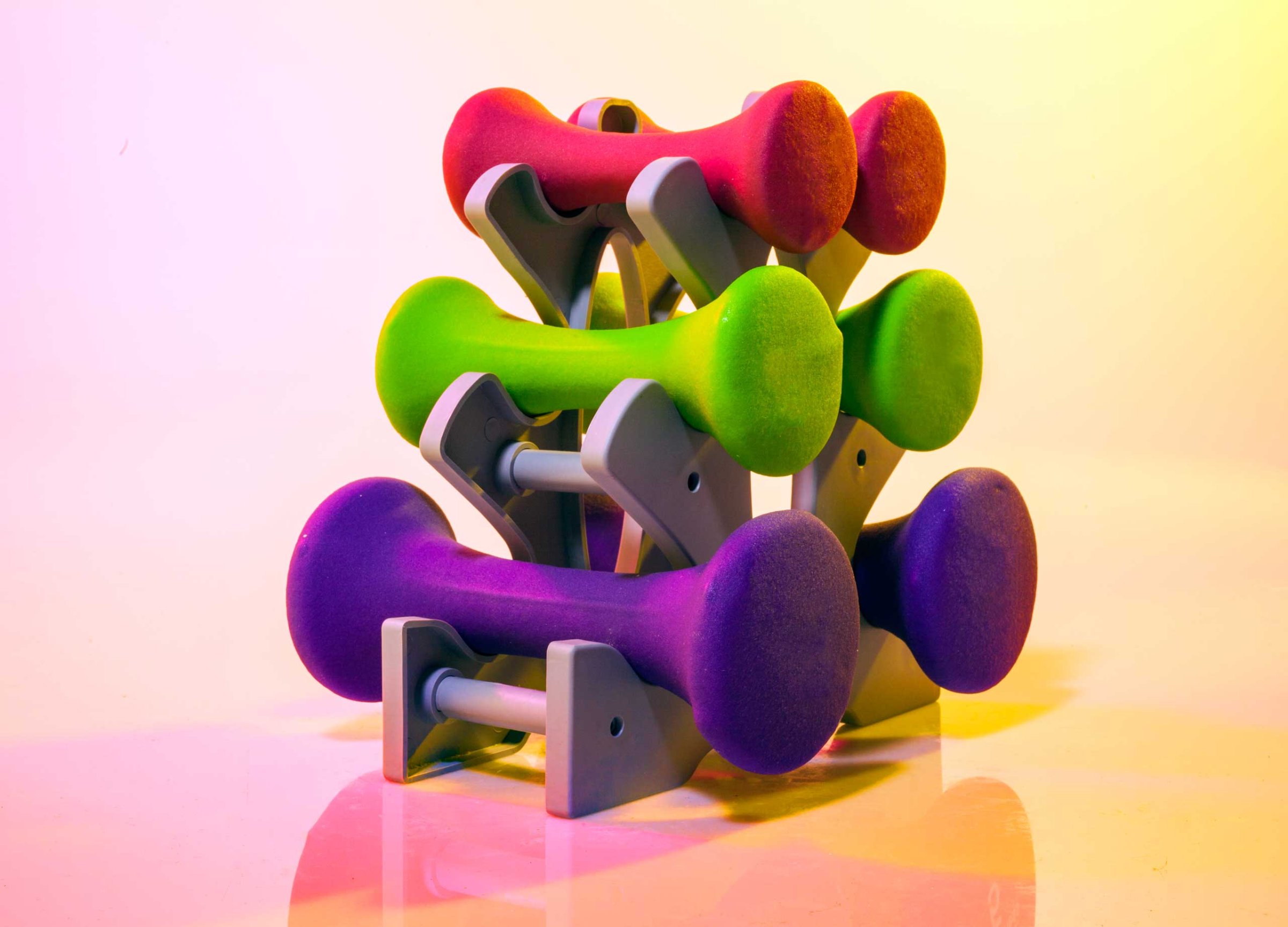
There’s no getting around biology: with the passage of time, we all become a little stiffer, squishier, wobblier. But that said, the 40-something you can be as strong as ever. This is the message behind Fitness After 40 ($19;amazon.com), a practical guide by orthopedic surgeon and mobility specialist Vonda Wright, MD. The trick, she says, is exercising smarter. Below we’ve pulled four tips from the pages of her book that every active woman should take to heart.
HEALTH.COM: 20 Health Mistakes You Need to Stop Making Before You Turn 40
Work on your flexibility every day
As we age, our tendons and muscles tend to get tighter, and our risk of injury—tendinitis, in particular—goes up, says Dr. Wright, who directs the Performance and Research Initiative for Masters Athletes at the University of Pittsburgh Medical Center. She compares stiff connective tissues to dried-out rubber bands. One hard tug and the brittle material tears apart. This is why you need to stretch daily, she says.
One of her favorite techniques: foam rolling. “Essentially the log of hard foam serves as a rolling pin to break up small adhesions and scar tissues, thereby increasing blood flow to problem areas,” she writes in her book. “Foam rolling first thing in the morning (after a hot shower) leaves you limber for the rest of the day.”
Dr. Wright is also a big believer in dynamic stretching and warm-ups, which involve slow, controlled movements (like shoulder rolls and sumo squats) rather than static stretches (the grab-your-ankle-and-hold-for-30-seconds kind).
“Flexibility is so easy to ignore,” she writes, but it’s essential if you want to stay active. Mornings too crazy for yet another task? Stretch on your lunch break, she suggests, or in the evening while you watch TV.
HEALTH.COM: 8 Best Foam Rollers to Ease Your Aches
Use your muscles—or you’ll lose ’em
It’s sad but true. Between your 25th birthday and your 50th, you could lose up to 10% of your muscle mass, Dr. Wright explains. Then over the next 30 years, you could lose another 45%. And it gets worse: Lost muscle is typically replaced by fat. “This fat makes us bigger all around because a pound of fat takes up 18% more room on our frame than a pound of fat,” she writes.
But it doesn’t have to be that way! You can prevent muscle loss by using your muscles. As the years go by,strength training becomes increasingly important, she says. Although by “strength training,” Dr. Wright doesn’t mean what you might think….
Step away from the weight machines
“Most of us grew up in an era when ‘strengthening our quadriceps’ meant sitting on a leg press machine and pushing a sled of weight up a slope,” Dr. Wright says in the book. But have you ever pushed a sled uphill with your legs in real life? Probably not.
She wants you to train your muscles the way you actually use them—and build what’s called functional strength. For example, in real life you use your quads in coordination with your hamstrings, butt and core to pick up kids, climb stairs, and load Ikea furniture in the car. So skip the leg press and do squats and lunges instead. (For more functional moves, check out this circuit from celebrity trainer Juliet Kaska.)
HEALTH.COM: 10-Minute Moves For Strength, Speed and Agility
Work balance exercises into your regular routine
Stand on one leg like a stork. Really, give it a try right now… Tougher than you expected? We often don’t realize our balance is going until we’re toppling over, says Dr. Wright. Part of the problem is that with age, the neuromuscular connections that help keep us upright slowly decline. But the good news? Those nerve pathways “can be entirely reclaimed by specific daily attention,” Dr. Wright assures. She suggests taking up tai chi, Pilates, or yoga, all of which can improve stability; or adding balance moves (like side leg raises and toe raises) to your usual workout. And every day, practice that stork impersonation while you brush your teeth.
More Must-Reads from TIME
- Cybersecurity Experts Are Sounding the Alarm on DOGE
- Meet the 2025 Women of the Year
- The Harsh Truth About Disability Inclusion
- Why Do More Young Adults Have Cancer?
- Colman Domingo Leads With Radical Love
- How to Get Better at Doing Things Alone
- Michelle Zauner Stares Down the Darkness
Contact us at letters@time.com